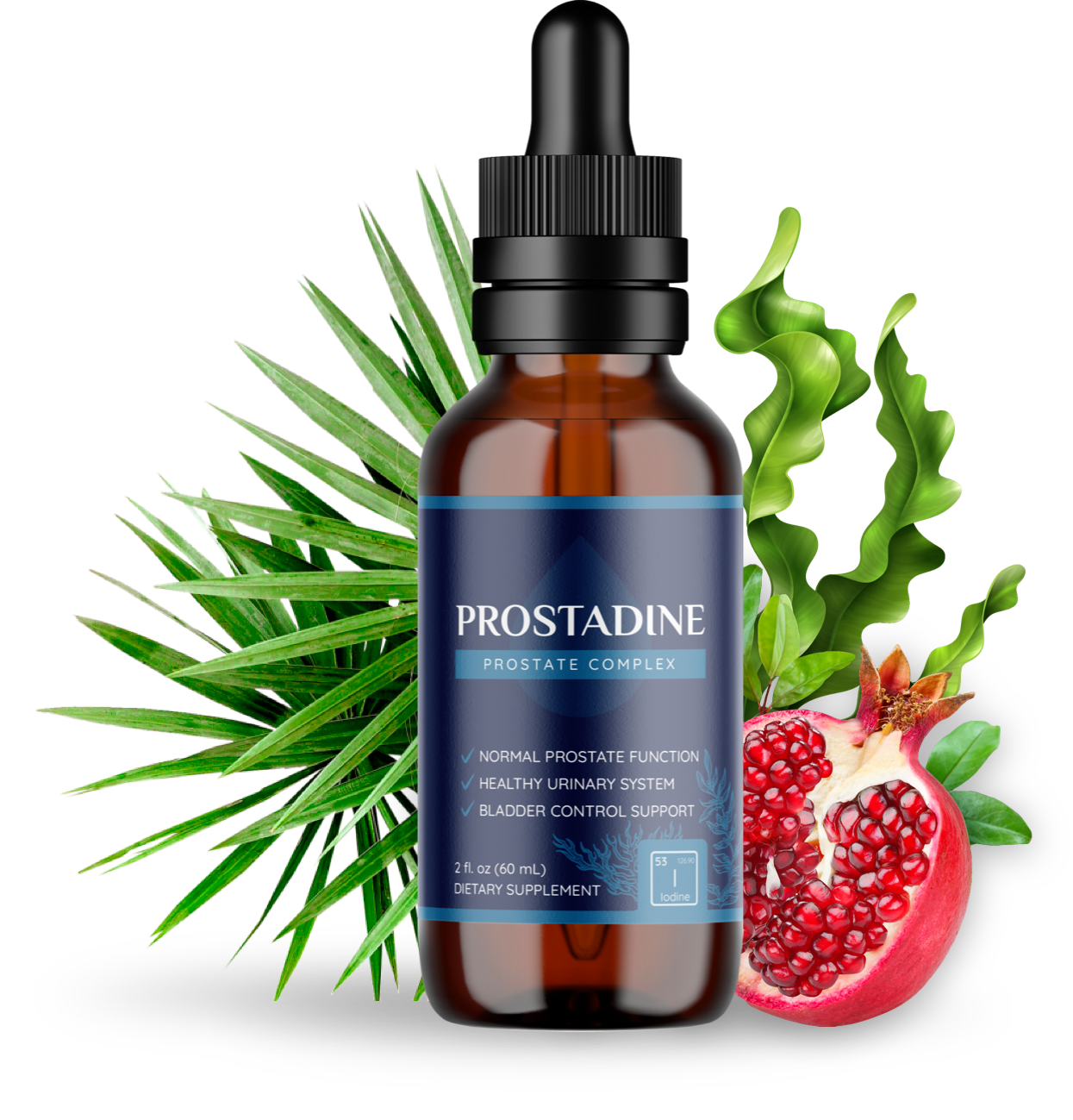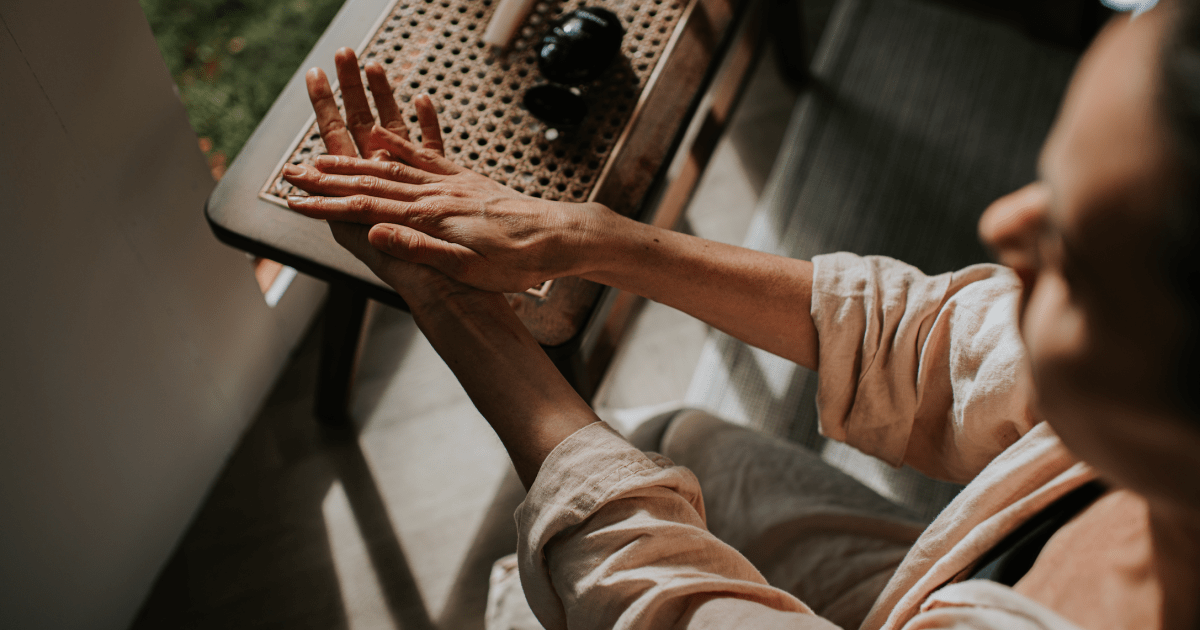Winter is coming — and for film and TV productions, that often translates to a season of cold-location shoots, heated soundstages, and skin that takes a beating under 4K cameras. Dry, itchy, and red patches don’t just cause discomfort; they can complicate makeup, continuity, and long shooting days. The good news is that crews have a tried-and-true playbook for keeping skin calm, hydrated, and ready for its close-up, even when the temperature drops.
Cold outdoor air saps moisture, while indoor heat pulls it right back out again. That one-two punch can leave skin looking dull and flaky — a challenge the camera never misses. According to guidance from the National Eczema Society, a little extra care can make a meaningful difference in colder months. Not everyone flares the second the leaves turn, but many people notice a notable downturn in skin condition as the mercury slides.
Why Cold Weather Hits On-Set Skin Hard
Productions that bounce between exterior scenes and heated interiors put skin through constant temperature swings. Add long hours, heavy makeup, adhesive-based prosthetics, and frequent touch-ups, and the skin barrier can get stressed fast. For performers prone to dryness or eczema, those conditions can lead to irritation that’s both uncomfortable and noticeable on camera.
Makeup has to sit smoothly for continuity, and high-resolution lenses magnify every flake and flush. Even minor redness becomes a distraction in HDR. That’s why makeup departments, hair teams, and costume crews work together to protect skin before problems escalate — not just for aesthetics, but to keep shoots moving efficiently.
It’s not just actors, either. Anyone on set spending hours in the cold — from stunt doubles to background performers — faces the same environmental strain. The key is proactive care that fits the workflow of a busy production day.
How Productions Keep Faces Camera-Ready In Winter
On the beauty side, barrier-first prep is the priority. Richer moisturizers and gentle, fragrance-free cleansers help keep the skin calm beneath makeup. Teams often favor emollient layers that smooth texture, followed by a light occlusive step to seal in hydration before foundation. Patting skin dry (rather than rubbing), limiting harsh exfoliation, and keeping water lukewarm instead of hot all help protect that barrier during quick turnarounds.
Hydration doesn’t stop at base makeup. Trailers and green rooms frequently rely on humidifiers to offset dry, heated air. Between takes, hydrating mists or quick barrier touch-ups can refresh without disturbing coverage. For lip care — a winter weak spot — waxy balms and frequent reapplication keep chapping at bay, preventing the constant cracking that throws off continuity.
Wardrobe and production play a role, too. Layering costumes allows performers to avoid overheating, which can trigger flushing and itch, and quick warm-up breaks help skin rebound after frigid exterior setups. Even in winter, sunscreen remains essential — snow glare and high-altitude shoots reflect UV onto the face, which can worsen dryness and sensitivity if left unprotected.
Communication is crucial for cast members with sensitive skin or a history of eczema. A heads-up to makeup and costume departments can prompt gentler product choices, adhesive patch tests, or silicone-based alternatives where appropriate. Adhesives and removers used for prosthetics can be irritating in cold weather; extended prep and careful removal prevent unnecessary friction and preserve the skin barrier over multi-day shoots.
Hygiene protocols also matter. Frequent hand sanitizing and glove changes are standard on set, but they’re notoriously drying. Crews often counter with fragrance-free hand creams and cuticle salves to prevent cracking — a small step that saves time on retouches and ensures close-up shots of hands remain clean and consistent.
Continuity kits evolve in winter. Expect more occlusive balms, thicker moisturizers, and redness-calming options ready to go alongside the usual powders and setting sprays. That flexibility allows makeup teams to adapt mid-day if a performer’s skin starts to react to the elements, protecting both comfort and the final image.
When To Bring In A Dermatologist
If dry skin or eczema persists despite on-set adjustments, it’s time to consult a board-certified dermatologist. Persistent dryness can signal an underlying condition that needs targeted treatment, and early intervention can prevent flare-ups from worsening or derailing tight schedules. Addressing symptoms quickly helps keep performers comfortable and cameras rolling — which benefits the entire production.
Winter shoots will always test skin, especially on projects that live in the cold — think snowy dramas, mountaintop thrillers, or any story set against a frostbitten backdrop. But with a barrier-focused routine, smart scheduling, and clear communication across departments, productions can keep skin soothed and screen-ready. The result: fewer delays, smoother makeup, and a final cut that looks as polished as it feels.
Bottom line: winter may be relentless, but it doesn’t have to steal the scene. A handful of practical, industry-standard steps will keep both stars and crews comfortable — and keep audiences focused on the story, not the flakes.















































































































